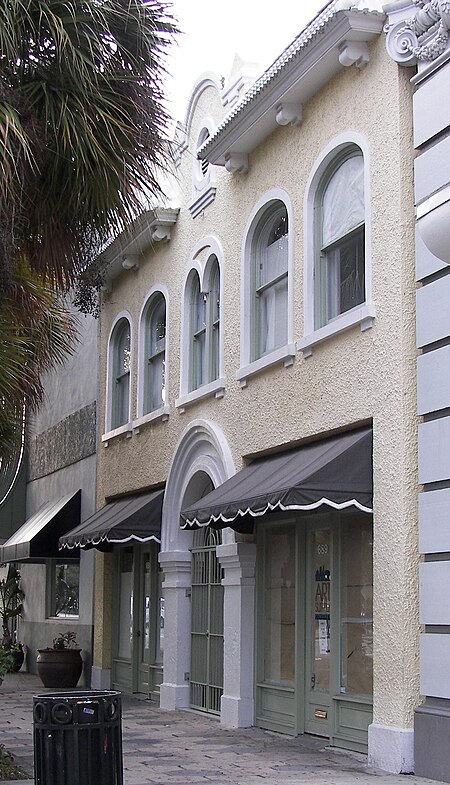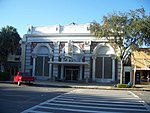Green-Richman Arcade
Buildings and structures in St. Petersburg, FloridaNational Register of Historic Places in Pinellas County, FloridaPinellas County, Florida geography stubsTampa Bay Area Registered Historic Place stubs

The Green-Richman Arcade (also known as the Parsley and Stone Arcade) is a historic site in St. Petersburg, Florida. It is located at 689 Central Avenue. On January 30, 1998, it was added to the U.S. National Register of Historic Places.
Excerpt from the Wikipedia article Green-Richman Arcade (License: CC BY-SA 3.0, Authors, Images).Green-Richman Arcade
Central Avenue, Saint Petersburg
Geographical coordinates (GPS) Address External links Nearby Places Show on map
Geographical coordinates (GPS)
| Latitude | Longitude |
|---|---|
| N 27.771388888889 ° | E -82.643541666667 ° |
Address
Green-Richman Arcade
Central Avenue 689
33701 Saint Petersburg
Florida, United States
Open on Google Maps











